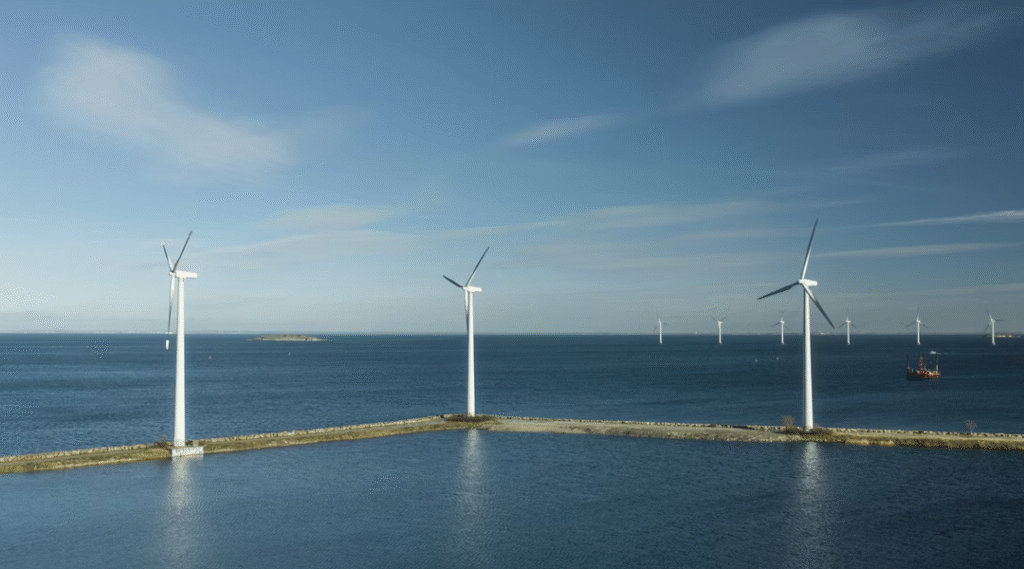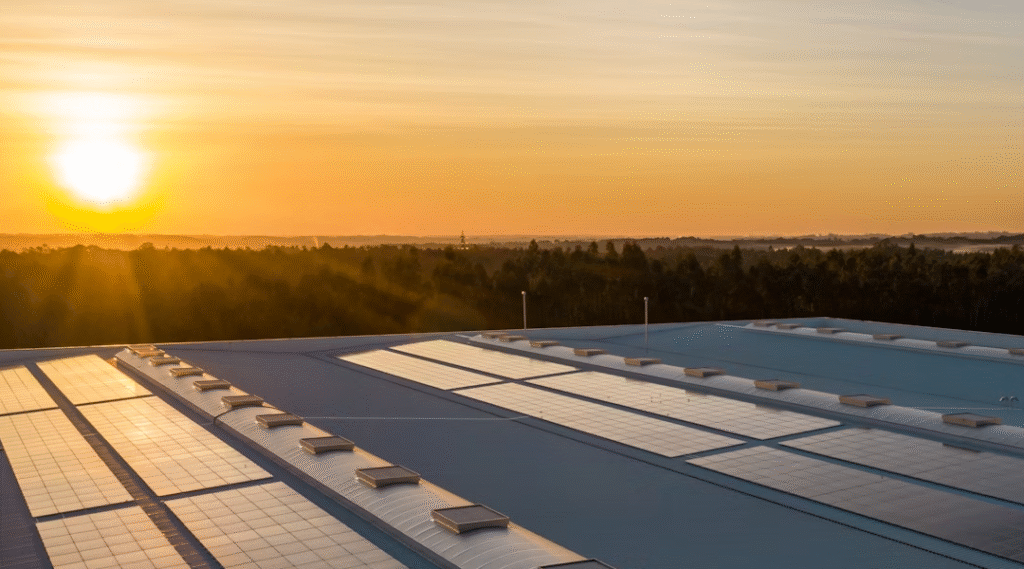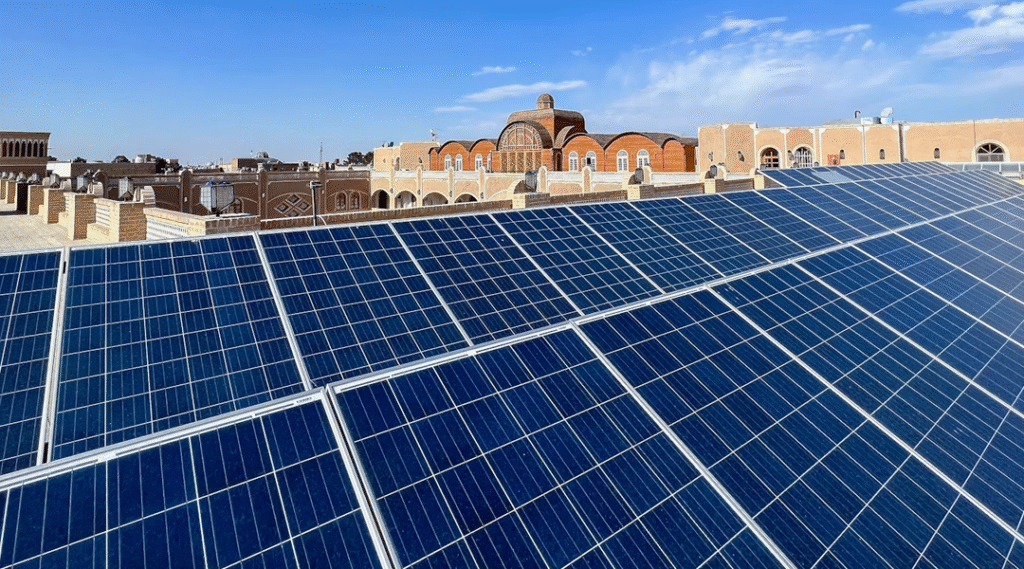As the world accelerates toward a cleaner energy future, it’s vital to scrutinize not only the technologies themselves but also their environmental footprints and societal ramifications. While renewables promise dramatic cuts in greenhouse‑gas emissions, they also pose challenges—from material lifecycles and land‑use conflicts to community acceptance and workforce readiness. This article explores the key environmental and social dimensions of the clean‑energy revolution and offers perspectives on mitigating unintended consequences.
1. Lifecycle Assessments: From Raw Materials to Decommissioning
A true measure of “cleanliness” requires cradle‑to‑grave analysis. Lifecycle assessments (LCAs) quantify total greenhouse‑gas emissions, water use, and other impacts across each phase:
- Material extraction: Mining of silica for solar panels, neodymium and dysprosium for wind‑turbine magnets, and lithium or cobalt for batteries can generate significant emissions and local ecological disturbances if not responsibly managed.
- Manufacturing and transport: Smelting and processing raw ores into high‑purity materials is energy‑intensive. Manufacturing plants sited far from end‑use markets also incur transportation emissions.
- Operation: Renewable assets themselves emit minimal carbon once online, but indirect effects—such as land clearing under a solar field—must be counted.
- End of life: Disassembly, recycling, or disposal of panels, blades and battery packs determines whether secondary raw materials are recaptured or landfilled.
Robust LCA data can guide policymakers and investors toward technologies with the lowest total environmental cost, and can incentivize recycling innovations and circular‑economy models.
2. Recycling and End‑of‑Life Strategies
As the first generation of large‑scale solar and wind installations ages, decommissioning is imminent. Without proactive recycling infrastructure, millions of tons of panels and blades risk ending up in landfills:
- Solar panels: Glass, aluminum frames, silicon wafers and encapsulants each require different recycling pathways. Advanced mechanical and chemical processes can recover up to 90% of module materials, but commercial viability depends on scale and regulatory support.
- Wind‑turbine blades: Blade composites resist standard recycling. Trials of grinding blades into cement additives or thermally recovering fibers hold promise, yet no universally adopted process exists.
- Battery packs: Lithium‑ion batteries contain cobalt, nickel and lithium that are increasingly valuable to recapture. Hydrometallurgical and direct‑recovery techniques are maturing, but collection logistics and standardization lag behind cell chemistries.
A concerted effort—combining extended producer responsibility, deposit‑return schemes and public‑private partnerships—will be crucial to close material loops, reduce waste and lower the carbon footprint of component manufacturing.
3. Land‑Use and Biodiversity Considerations
Utility‑scale solar farms and wind farms demand extensive land or maritime footprints. Without careful siting, projects can encroach on sensitive habitats:
- Habitat fragmentation: Wind turbines and roads can disrupt migration corridors for birds and bats, and solar arrays may alter native grassland ecosystems.
- Agricultural synergy: Agrivoltaics—co‑locating panels above crops or pasture—can optimize land use, boost crop yields through shading and enable farmers to retain income.
- Offshore opportunities: Floating wind minimizes terrestrial land demands, but care must be taken to avoid critical fisheries or marine‑mammal habitats.
Strategic environmental assessments and stakeholder engagement—integrating ecological data with community input—help balance energy development with the preservation of biodiversity.
4. Community Engagement and Social Acceptance
Local buy‑in often determines whether a project proceeds smoothly or faces delays and legal challenges:
- Perceived impacts: Noise, visual intrusion and concerns over property values can fuel opposition—sometimes dubbed “Not In My Backyard” (NIMBY).
- Benefit sharing: Mechanisms such as local equity stakes, lower electricity rates for host communities or community‑funded amenities (e.g., schools, clinics) enhance public perception and social license to operate.
- Inclusive planning: Engaging residents early—through town halls, surveys and transparent impact assessments—builds trust and surfaces vital site‑specific concerns.
By treating communities as partners rather than obstacles, developers can foster more equitable and resilient energy ecosystems.
5. Workforce Development and Skills Gaps
The shift to clean energy will reshape labor markets—demanding new technical skills while phasing out certain legacy roles:
- Training needs: Installation technicians, grid‑integration engineers and recycling‑plant operators represent growing occupations. Vocational schools and apprenticeship programs must adapt curricula to cover advanced PV installation, turbine maintenance and battery‑system diagnostics.
- Just transition: Coal, oil and gas regions face potential job losses. Proactive reskilling initiatives, supported by government grants or utility‑industry partnerships, can retrain workers for roles in renewables construction and operations.
- Diversity and inclusion: Renewable sectors today under‑represent women and minority groups. Diversity‑focused recruitment drives and mentorship programs can broaden opportunities and stimulate innovation through varied perspectives.
Investing in human capital ensures that the clean‑energy economy not only reduces emissions but also delivers inclusive prosperity.
Final Thoughts
A truly sustainable energy transition goes beyond substituting renewables for fossil fuels—it requires a holistic approach that accounts for full‑lifecycle impacts, material circularity, ecosystem protection, community partnership and workforce empowerment. By embedding environmental and social considerations into policy, finance and project design, stakeholders can secure both carbon reduction goals and broader societal benefits. In doing so, the clean‑energy revolution will not only power the world but also uplift communities and safeguard the planet for generations to come.
All articles for this special edition-Clean Energy:
(#1) The State of the Global Clean Energy Transition
(#2) Solar Power: Illuminating the Path from Rooftops to Utility-Scale Farms
(#3) Wind Energy: Onshore, Offshore & Beyond
(#4) Harnessing the Depths and Tides: A Deep Dive into Hydro, Marine & Geothermal Energy
(#5) Bioenergy & Waste‑to‑Energy: Turning Organic Residues into Renewable Power
(#6) Energy Storage & Grid Integration: Powering the Future of Clean Energy
(#7) Economics, Financing & Business Models in the Clean‑Energy Transition
(#8) Designing the Rules: Policy, Regulation, and Market Design in the Clean‑Energy Era
(#9) Environmental & Social Impacts of the Clean‑Energy Transition
(#10) Next‑Generation Clean‑Energy Innovations & the Road Ahead
As for in-depth insight articles about AI tech, please visit our AI Tech Category here.
As for in-depth insight articles about Auto Tech, please visit our Auto Tech Category here.
As for in-depth insight articles about Smart IoT, please visit our Smart IoT Category here.
As for in-depth insight articles about Energy, please visit our Energy Category here.
If you want to save time for high-quality reading, please visit our Editors’ Pick here.



